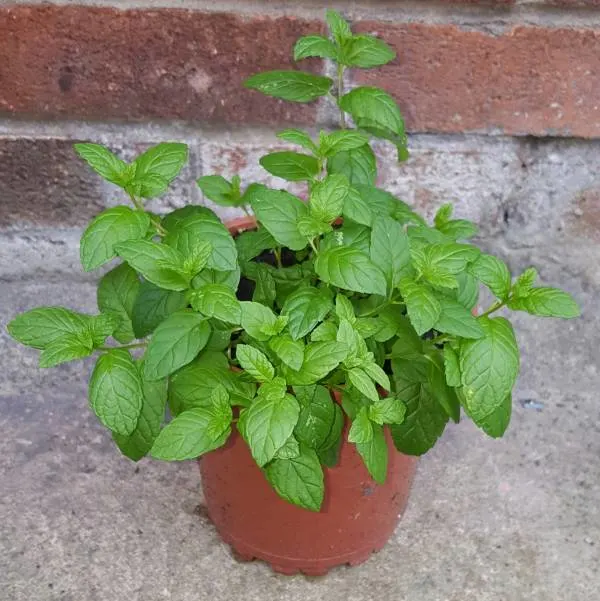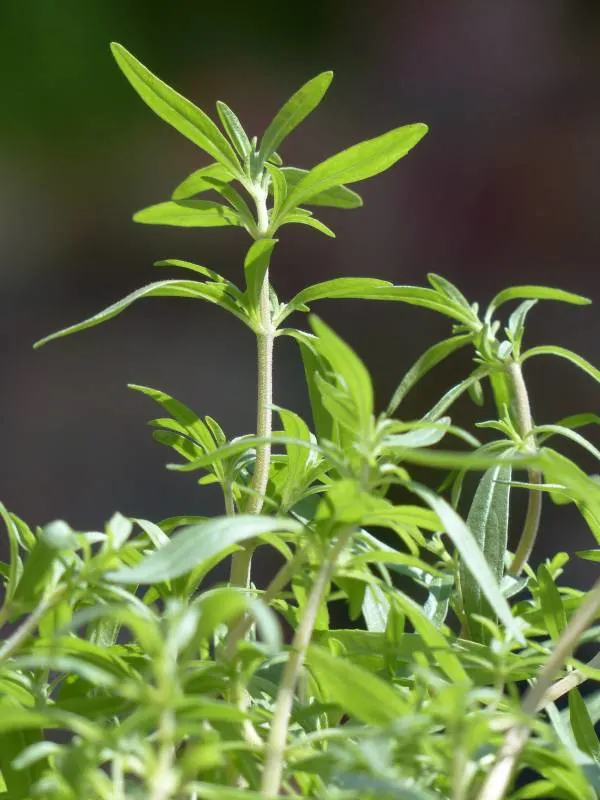Among the various vegetables that grace our landscape, garden peas hold a special place in our hearts.
But what if their true potential lies in partnerships with other plants?
Yes, it’s true!
Welcome to the universe of companion planting for peas.
If you’re a passionate gardener, you know that creating a thriving vegetable patch is like conducting a beautiful symphony of nature. And just like in any orchestra, every instrument plays a unique role. In your garden, the harmonious companions for your peas are the secret marvels you need to know about.
In this article, we will tell you which plants are best to grow with peas.
So, let’s dive together into the journey of the leafy greens!

What Is Companion Planting?
Companion planting is like teamwork in the garden. It’s an intelligent way to help your plants grow strong and stay healthy. When certain companion plants are planted next to each other, they become garden buddies, fighting off nasty bugs and sharing their secret nutrients.
Here is an example of companion planting:
Peas – the green superheroes pull nitrogen from the air and stash it in their roots. It’s like they’re turning thin air into gold for their garden buddies. This nitrogen boost makes the soil super nutritious, and all the neighboring plants enjoy the party in this garden buffet.
Let’s look at some of its benefits.
Benefits of Companion Planting for Peas!
Pea companion plants offer a lot of benefits. Some have advantages if planted near peas, while others might provide reciprocal benefits.
Here are some ways to enhance your harvest by pairing cultivated vegetables and peas:
Pea companion plants can improve nutrient availability and soil health by fixing nitrogen in the soil, which is crucial for pea growth.
Pea plant companions act as a natural pest control and help to repel pests that may damage the pea plants or reduce their yield.
Companion planting for peas can enhance pollination rates by attracting beneficial insects. These plants attract beneficial insects such as bees and butterflies that can transfer pollen from one pea flower to another.
Pea companion plants can also increase garden space efficiency by allowing different plants to grow in harmony and use different levels of sunlight, water, and nutrients.
With that aside, let’s look at some of the best companion plants for peas.
The Best Companion Plants for Peas!
When it comes to picking suitable companion plants for peas, think of it like building a strong team. Listen! Peas are the MVPs, and they work well with different types of plants.
Let’s discuss in detail which companion plants can help your peas to grow healthy and wealthy:
1. Basil
Basil isn’t just a tasty herb for making pesto – it’s also a natural helper in the garden and is one of the good companion plants for peas.
When you plant basil near your pea plants, it keeps away those pesky thrips, which love to bother peas. In return, the peas offer shade to the basil and keep its leaves safe from too much sun.
So, it’s like they’re good pals, helping each other in the garden.
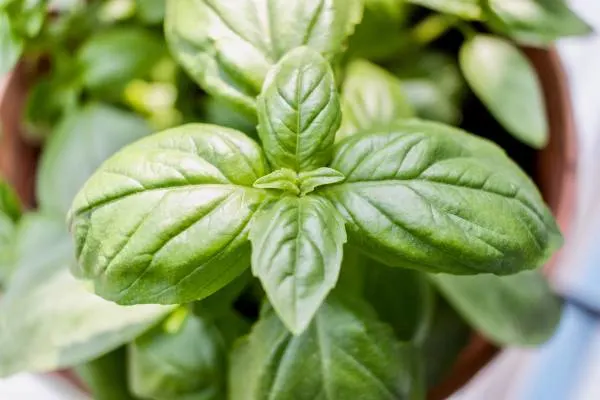
2. Corn
When you plant peas alongside corn, it is like a perfect gardening partnership.
Corn’s tall stalks act as shade umbrellas for the peas, keeping them cool on sunny days. Peas, in turn, share their nitrogen-rich goodness with corn, making it thrive.
This tag-team of plants not only helps each other but also keeps pesky weeds at bay while preserving precious moisture in the soil.
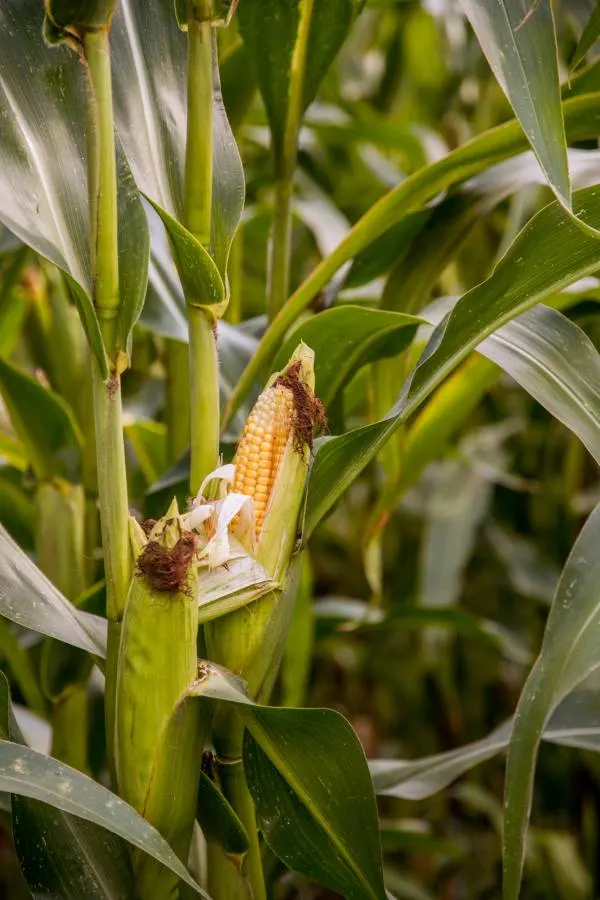
3. Celery
Planting peas and celery in your garden is like a match made in heaven.
These green companions share a love for cool weather and regular watering, making your gardening life a breeze.
Peas work their magic by adding nitrogen to the soil, which perks up the celery, making its stalks tastier and healthier. Celery, in return, plays the superhero by scaring off those pesky bean beetles that love to munch on legumes like peas.
So, it’s a win-win situation: you get a crunchy snack combo and a garden that practically takes care of itself.
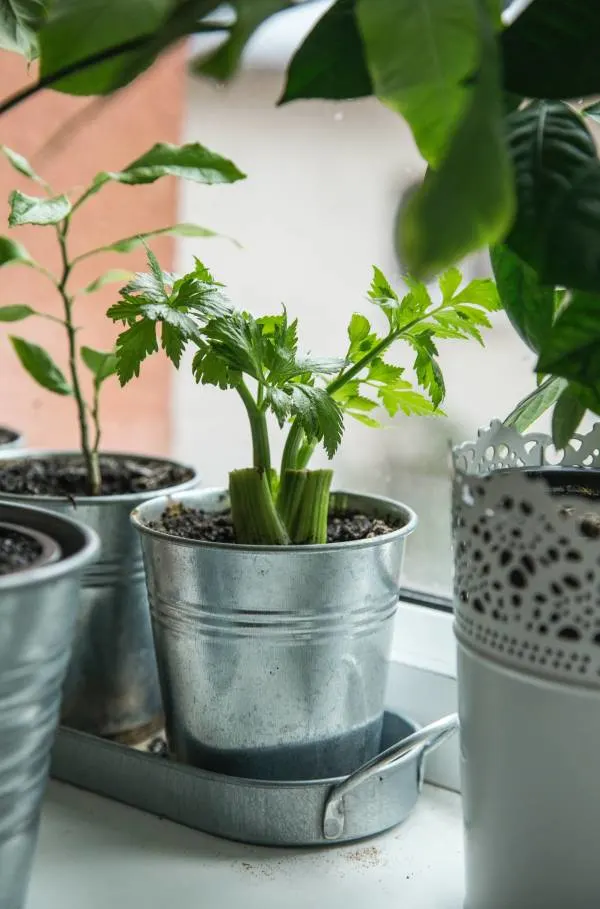
4. Cucumbers
Cucumbers and peas are like best buddies in the garden. They help each other out in a cool way.
Cucumbers get a boost from peas, soaking up the nitrogen they give to make more leaves and tasty crops.
In return, cucumbers lend their strong root system to keep the soil right for peas. This comfy soil helps peas soak up more water and fresh air, keeping their roots strong and healthy.
In short, together, they’re a winning combo for a thriving garden.
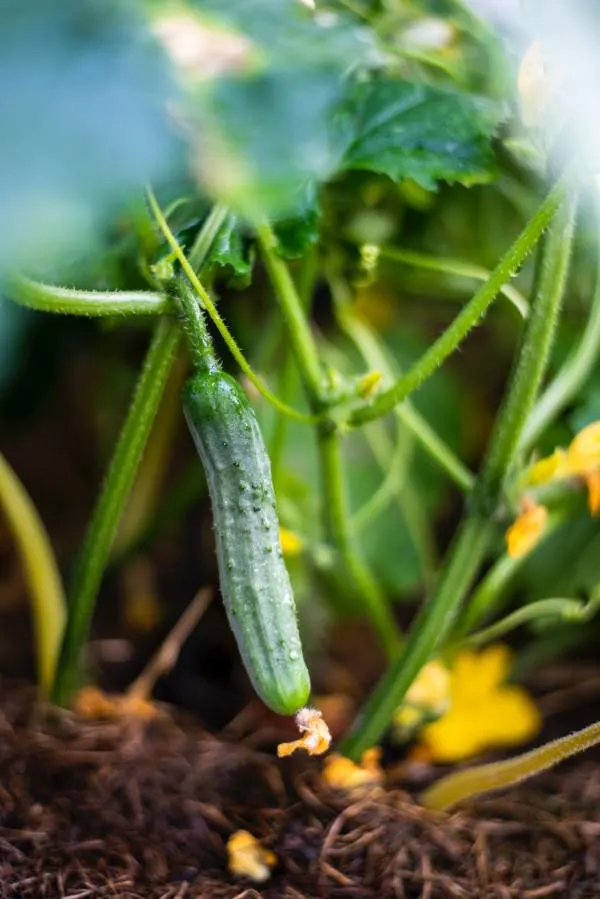
5. Carrots
Like two good friends, carrots and peas team up perfectly in your garden.
Both of these veggies are cool weather crops, making them perfect garden buddies.
Carrots and pea plants grow side by side, sharing a secret. Peas give carrots a boost of nitrogen, helping them thrive, while carrots – being great companion plants – repay the favor by loosening up the soil for peas to drink in more water and grow stronger.
This partnership isn’t just about helping each other; it leads to bigger and better harvests for both.
So, if you’re looking to save space and keep your plants healthy and happy, consider planting carrots and peas together in your garden.
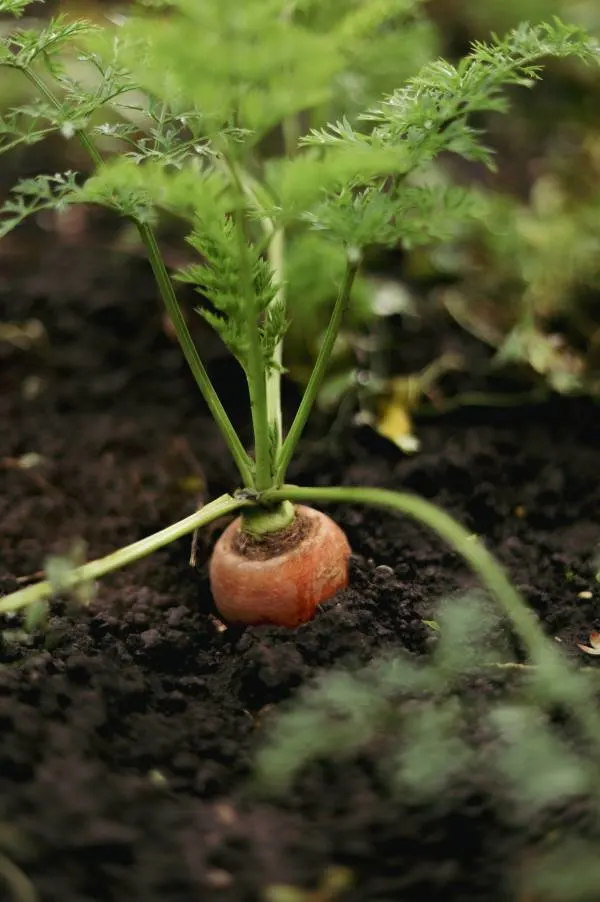
6. Eggplant
When you plant peas in your garden, consider adding some friendly neighbors like eggplants.
Both of these plants make a great team because eggplants are the pest control officers of your garden space and repel pests that bother your peas, including:
Aphids
Armyworms
Cucumber beetles
Pea weevils
But here’s the catch: eggplants are sun-lovers and need at least six hours of sunlight every day to thrive.
So, make sure your peas don’t cast shadows on them, or you might be stunned by their growth.
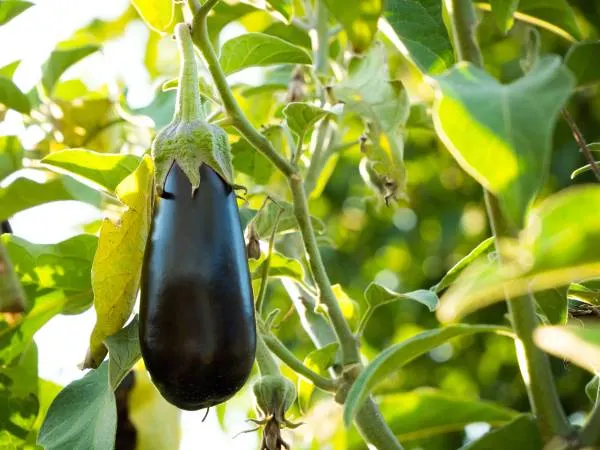
7. Lettuce
Peas and lettuce will form a perfect partnership together in your garden.
These cool-weather leafy greens make gardening a breeze.
As legumes, peas generously share nitrogen with lettuce plants, making the leaves lush and ready for your salad bowl. Plus, both of them have shallow roots and enjoy consistent watering, making them both great companion plants and garden buddies.
If you’ve got a trellis for your peas, they even offer shade to their leafy companions on scorching days.
So, when you’re planning your garden, remember this dynamic duo – peas and lettuce – for a tasty and efficient harvest.
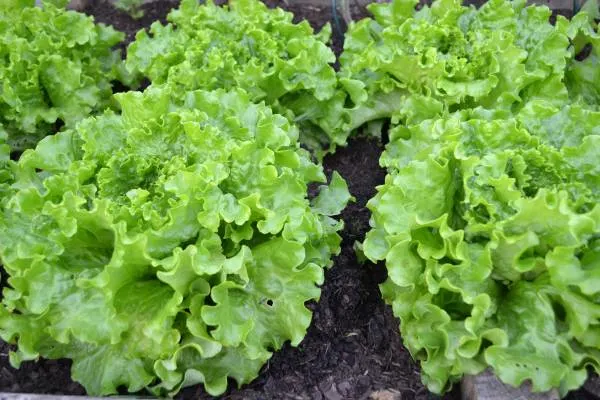
8. Mint
Mint and peas, a gardening dream team!
You see, mint isn’t just about its refreshing taste; it’s a natural superhero in your garden. As your mint plant grows, it releases a powerful fragrance that can do wonders for your peas.
Those pesky bugs like whiteflies, aphids, and thrips that bother your legumes – they rely on their sense of smell to find their next meal. But mint’s scent is like a force field that drives them away. It’s like having your very own insect repellent right in your garden.
So, when you plant mint alongside your peas, you’re not just getting a tasty herb but a guardian that keeps your pea plants safe.
9. Nasturtiums
Nasturtiums are not just beautiful flowers but also helpful garden companions.
They’re a friendly neighbor and divert the attention of different pea pests away from your precious pea plants. Nasturtium plants also play a practical role by spreading out and keeping pesky weeds in check.
So, consider adding these charming allies to your garden for a beautiful and pest-free harvest.
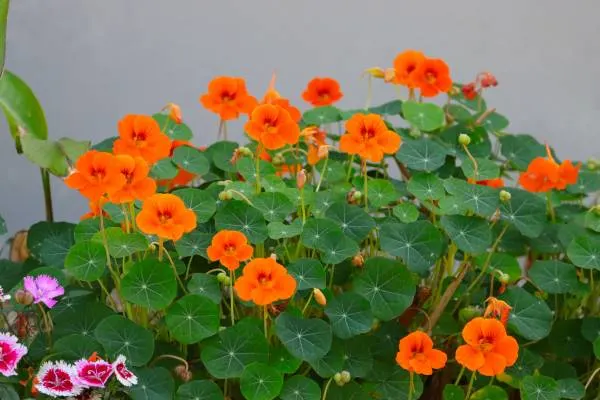
10. Potatoes
Growing peas alongside potatoes is a smart gardening move. These two veggies make quite the team.
Snow peas provide nitrogen, keeping potatoes happy with their nitrogen-rich soil. Potatoes, in return, act as nature’s mulch, wrapping peas in a cozy soil blanket, perfect for their cool and moist soil preference.
And here’s the bonus: Potatoes are like superhero bodyguards, shooing away pesky Mexican bean beetles that bother peas.
So, for a winning combo, pair sugar snap peas or snap peas with potatoes in your garden.
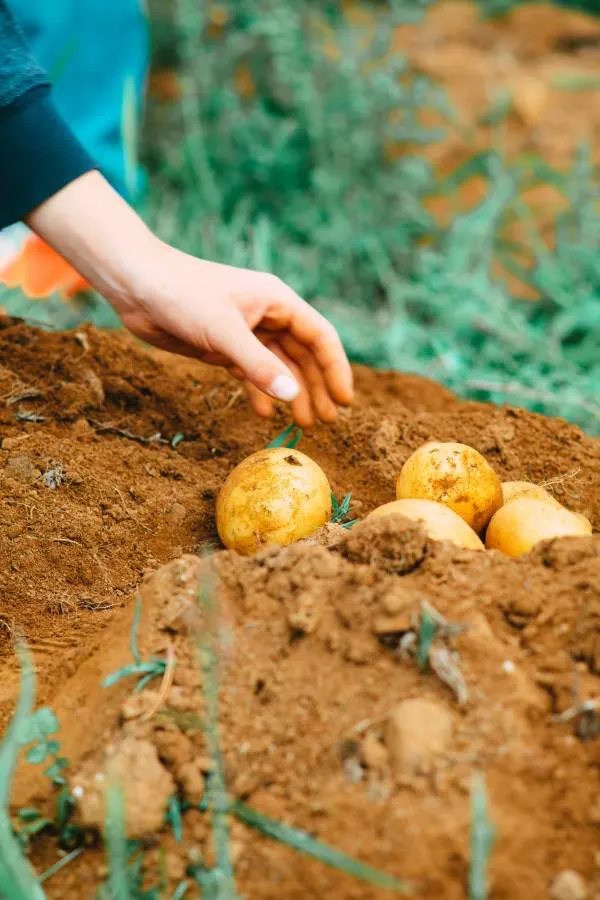
11. Parsnips
When you plant parsnips alongside peas in your garden, it’s like they become best friends.
These two plants work together to keep those pesky insects away from your veggies. Parsnips, with their strong roots, loosen the soil, making it easier for peas to drink up all the water they need. Peas, in return, help protect parsnips from their own set of insect pests.
It’s a win-win partnership that leads to a thriving vegetable garden with bountiful crops.
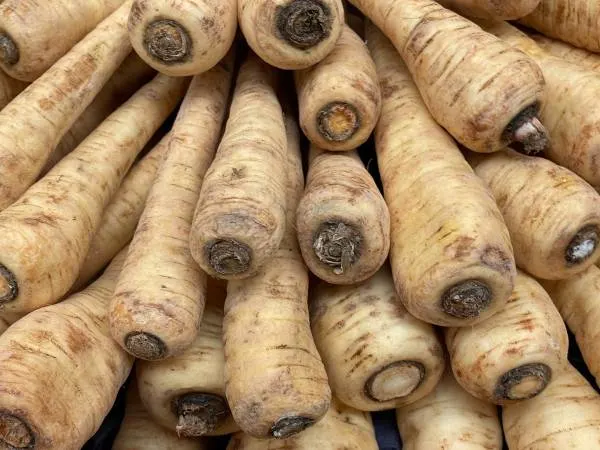
12. Radishes
Radishes and peas are the gardening buddies that work hand in hand.
You see, radishes grow quickly underground while peas take their sweet time above the soil. This teamwork means no competition for space.
But it gets better!
Radishes are like the bouncers of the garden, keeping pests away from both plants. And here’s the secret sauce: radishes love nitrogen-rich soil, which makes peas even happier.
Why?
Because it lets them drink up more water and nutrients, making both plants thrive.
It’s a garden match made in heaven.
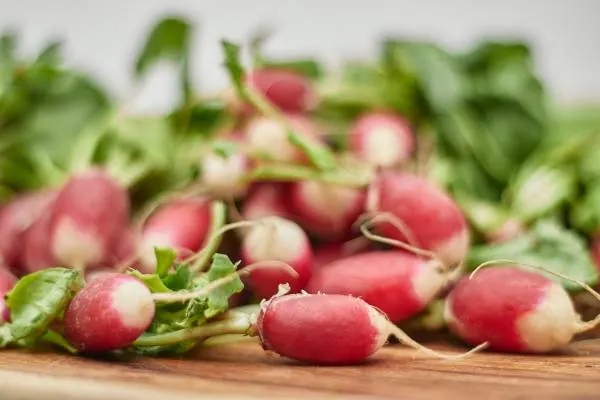
13. Spinach
Planting peas and spinach side by side in your garden is a smart move.
They’re the gardening buddies that thrive in cool weather.
When you pair them up, peas work their magic by adding nitrogen to the soil, which spinach simply loves. It means you won’t need as much nitrogen fertilizer.
Also, spinach helps keep the soil moist and acts as a shield against weeds.
It’s easy to care for and quick to harvest.
So, not only do you get a tasty combo for your salad, but your garden also benefits from this dynamic pair.
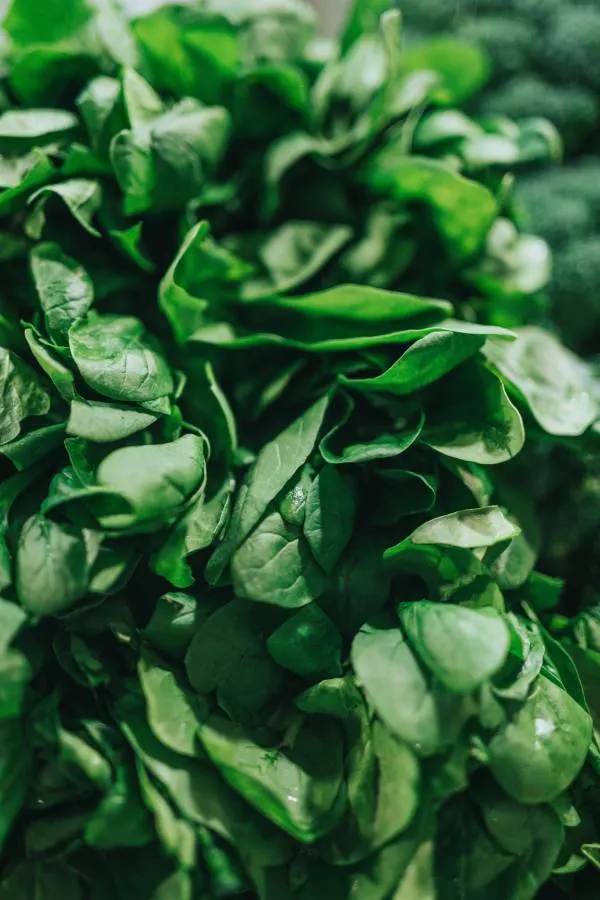
14. Savory
Savory, a fragrant herb, not only adds flavor to your roasted dishes and soups but also works as a natural bodyguard for your pea plants.
It’s like a superhero against those pesky bean beetles and other annoying legume invaders.
The best part is that it doesn’t demand much attention; it’s quite low-maintenance.
And here’s the icing on the cake: if you let it bloom, it’ll call in the pollinators and beneficial insects to your vegetable garden, giving you a bigger and better harvest.
15. Turnips
Turnips and peas, like good pals in the garden, have a clever partnership.
You see, turnips belong to the Brassica family and need the right amount of nitrogen to grow nicely. But if they don’t get that nitrogen, their growth gets stunted. Now, here’s where peas come to the rescue. And in return, turnips help their pea friends by loosening up the soil, making it easier for peas to drink the much-needed water.
It’s a win-win for these cool-weather buddies.
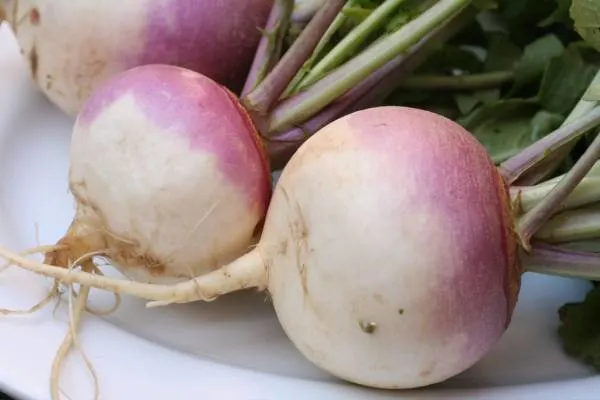
Worst Companion Plants for Peas!
Though peas work well in the company of different plants, there are certain companions that can inhibit their growth and, hence, are not good enough to grow alongside peas.
So, you should be aware of them as well.
Some of these include:
Garlic
Avoid planting garlic with your pea plants.
Garlic and peas have a poor relationship as garlic contains ajoene, which can stunt pea growth.
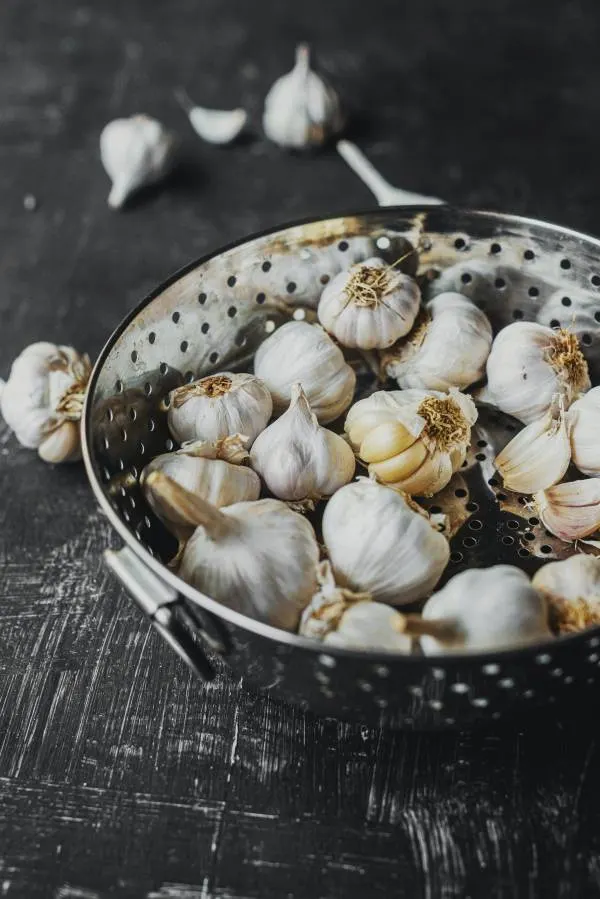
Onion
The case of onion is quite similar to that of garlic. Onion also contains ajoene, which can hinder the growth of pea plants.
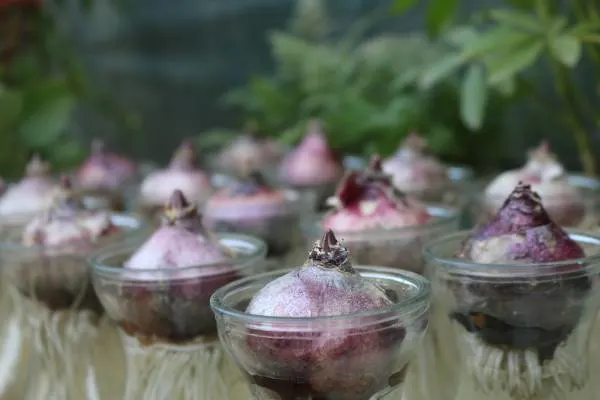
Peppers
Peas and peppers have differing climate preferences.
As most pea plants favor cool weather and peppers thrive in the heat, planting them together may not be ideal for their growth and productivity.
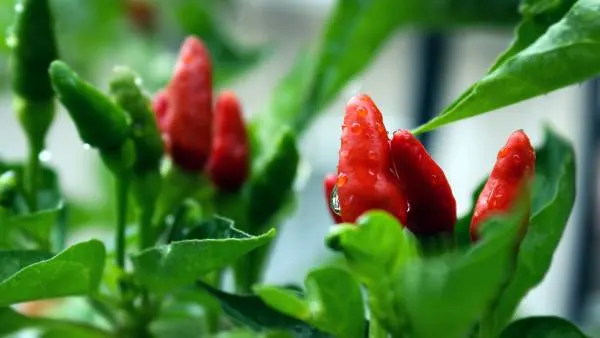
That’s all for today’s article!
Let’s head toward the conclusion.
Conclusion
I hope you don’t need to worry about companion plants you can grow with your peas because there are so many options now.
Remember to choose the plant that suits best with peas but not the one that inhibits your plant growth. Just do a bit of your research before planting any new plant as a first companion plant yourself, so you should be better aware of the result.
Ready to plant the perfect garden team?
Dive into companion planting and unlock the full potential of your pea patch.
Best Regards,
Moiz Atiq.

